ITECH1003 Networking Assignment 1: Wireshark Capture Filters Analysis
VerifiedAdded on 2020/02/24
|8
|855
|41
Homework Assignment
AI Summary
This document provides a comprehensive solution to an ITECH1003 Networking assignment focusing on Wireshark capture filters. It begins with an overview of Wireshark basics, including promiscuous mode and the conversion of DNS to IP addresses. The assignment then details the functionality differences between switches and hubs, and lists common port numbers for various protocols like FTP, HTTP, NTP, SSH, SMTP, DHCP, HTTPS, SNMP, IMAP, and POP3. The core of the solution covers Wireshark capture filters, explaining BPF qualifiers (Type, Dir, Proto) and providing examples of their use. It also documents the three logical operators (AND, OR, XOR) for combining primitives and demonstrates how to capture traffic from/to specific machines using IP and MAC addresses. Furthermore, the assignment addresses excluding particular network traffic, such as broadcast traffic, and using port numbers to filter specific traffic like DNS and DHCP. The solution showcases practical applications of Wireshark to analyze and filter network traffic effectively.
1 out of 8
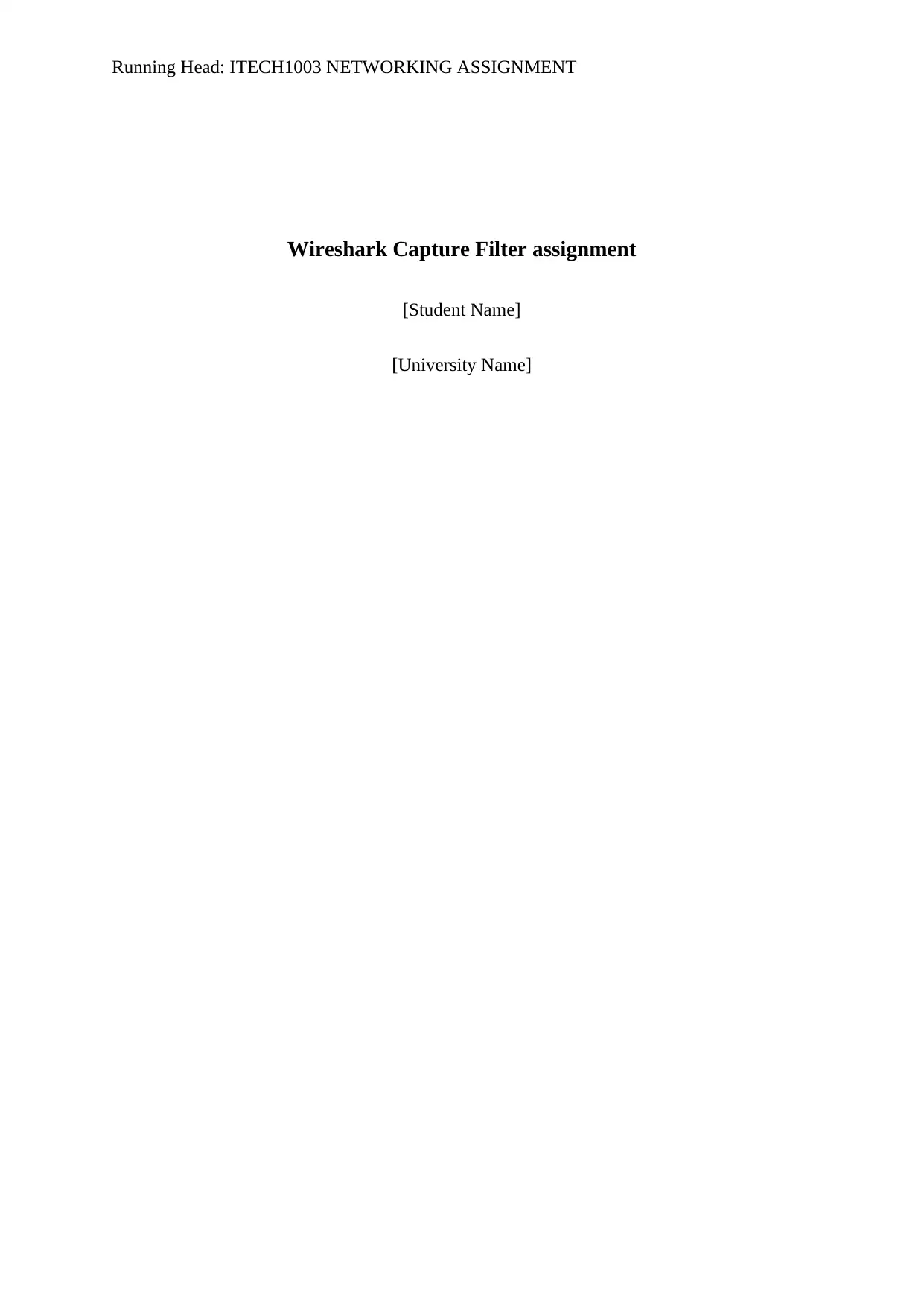
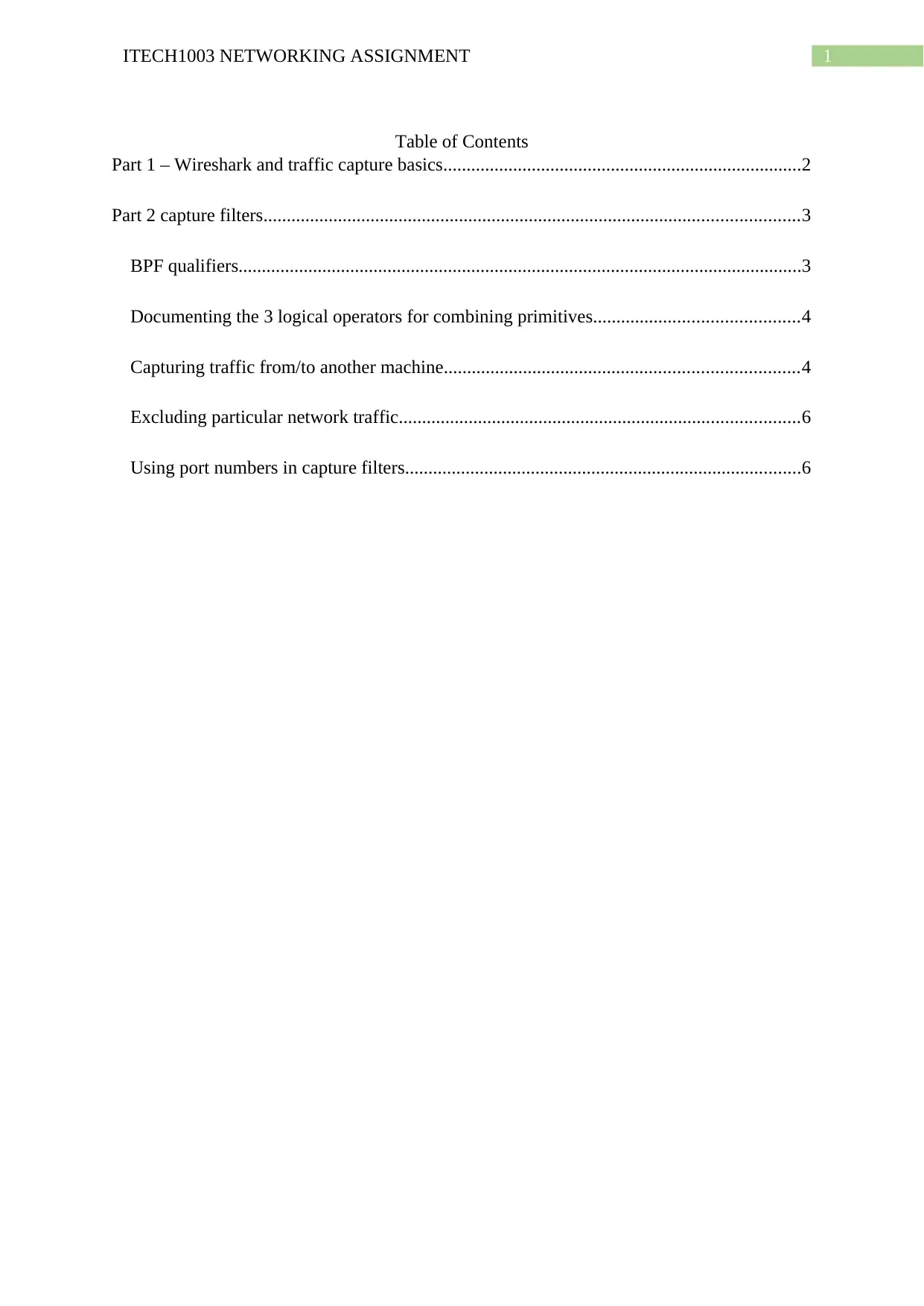
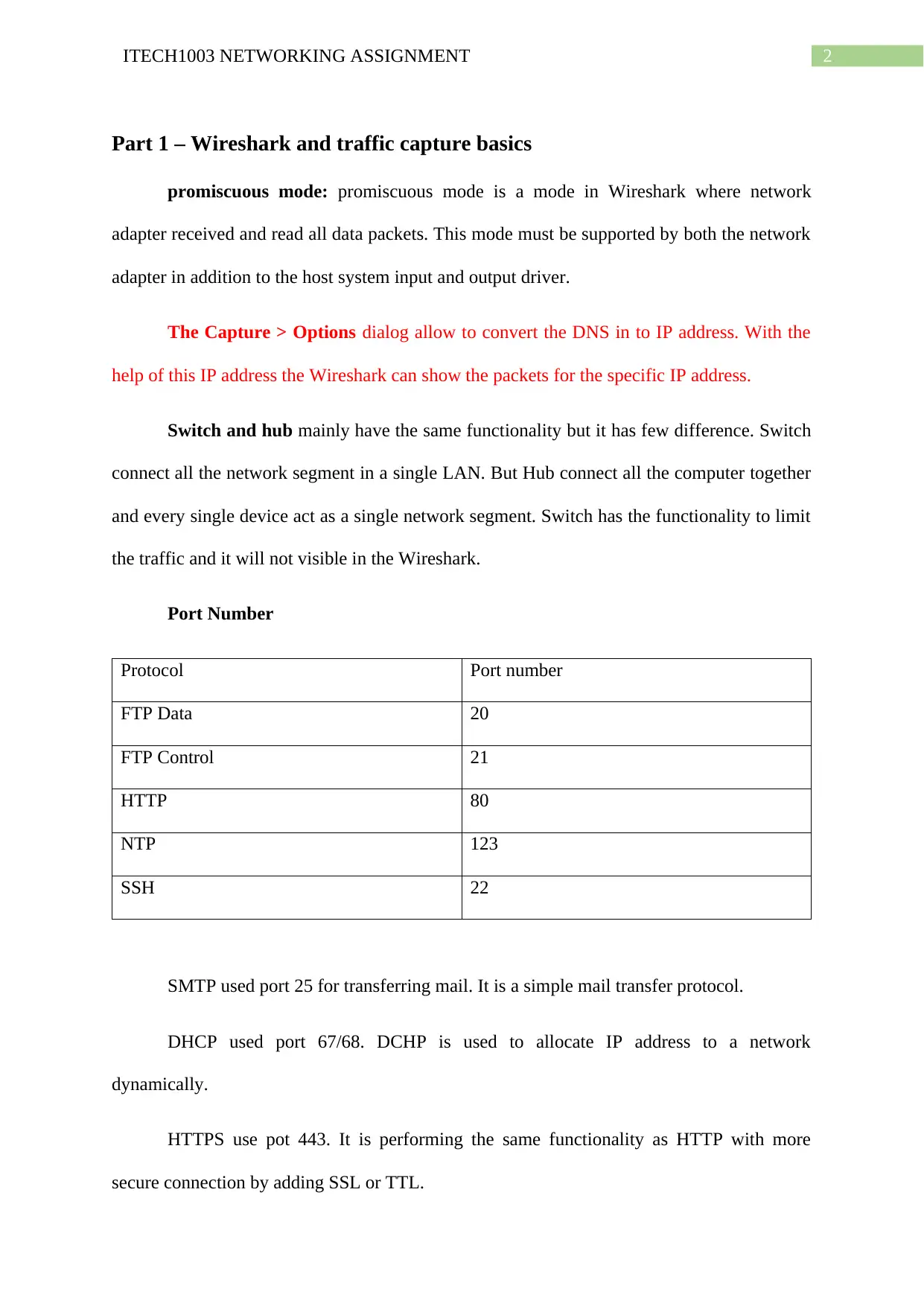

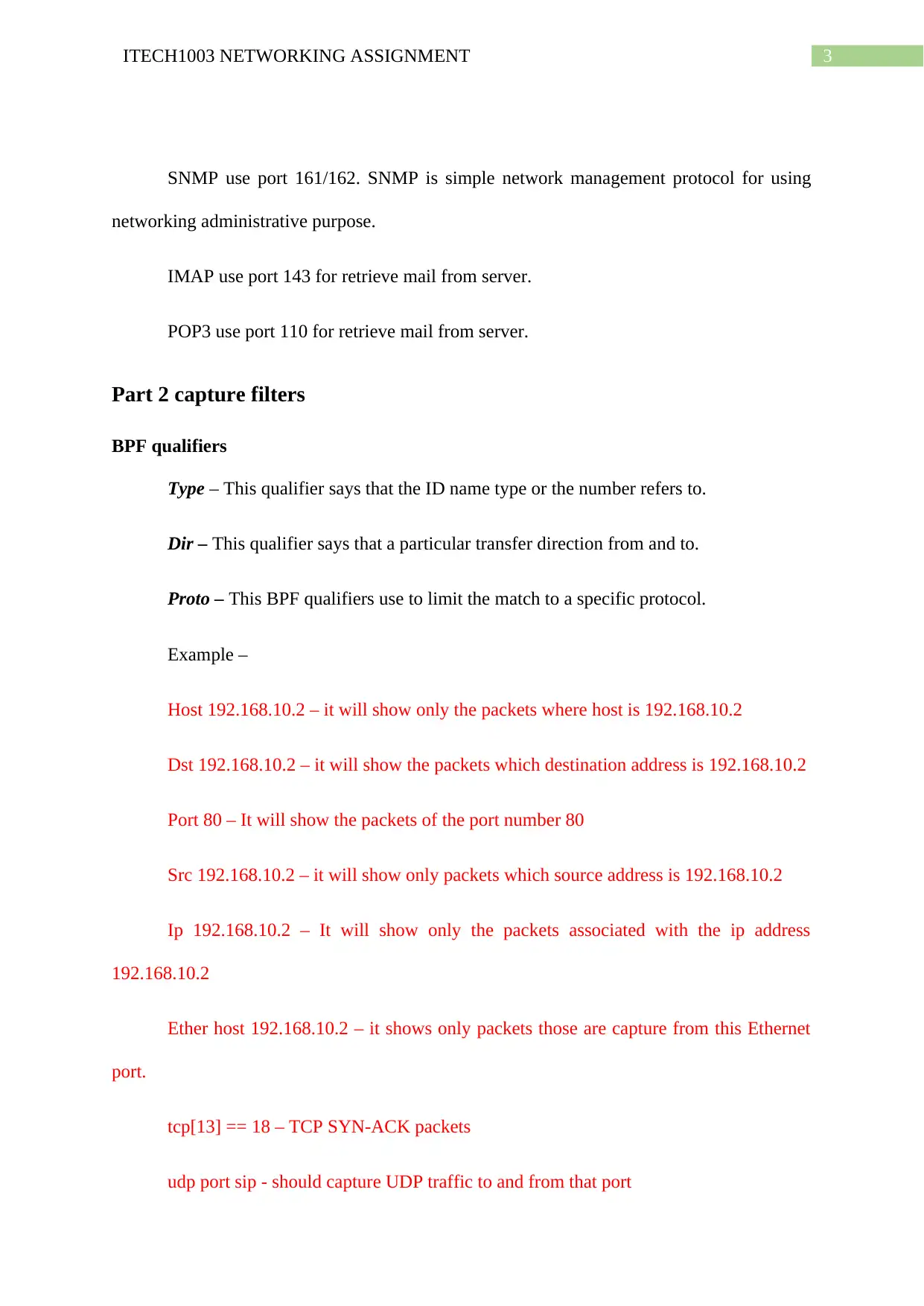
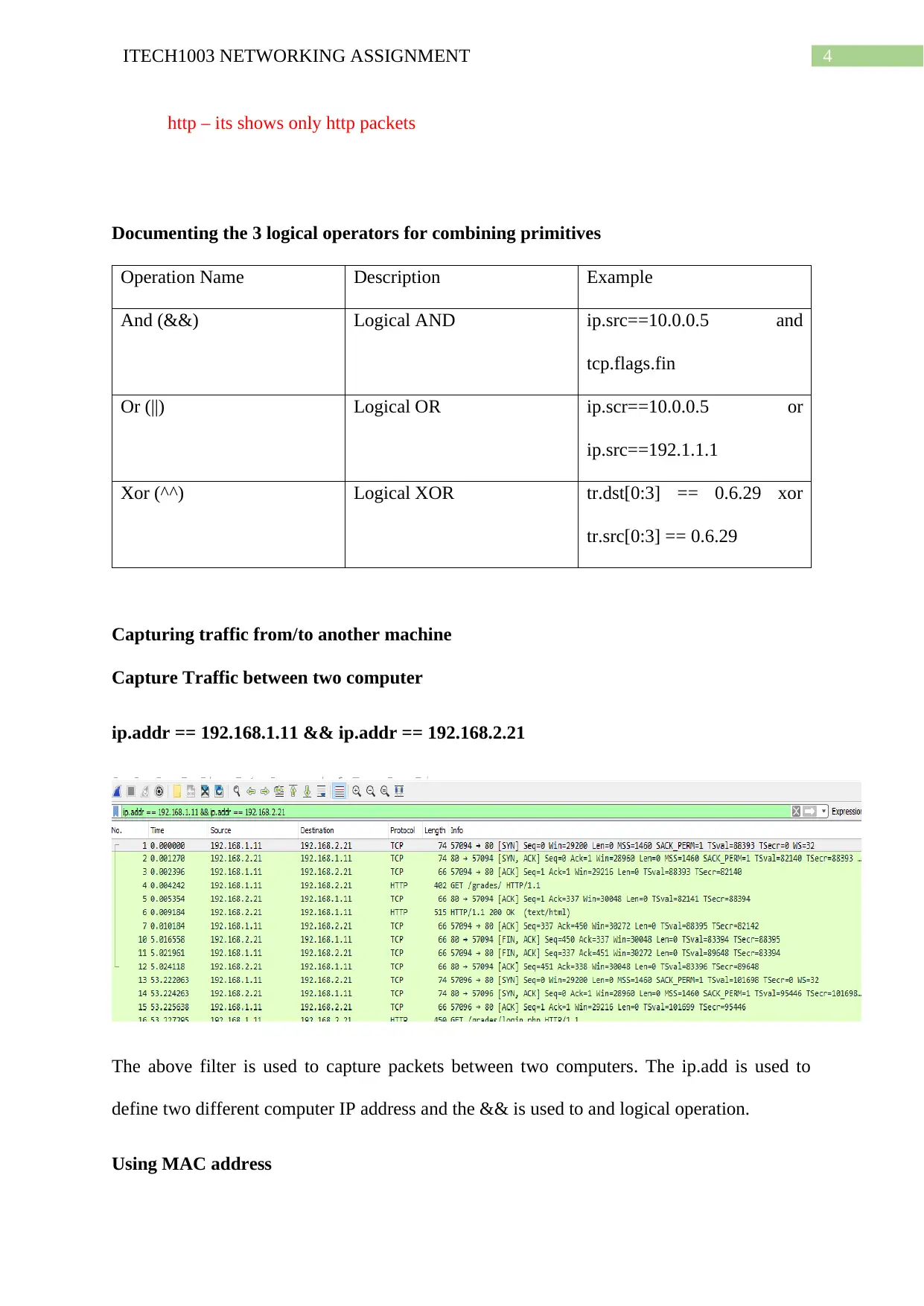
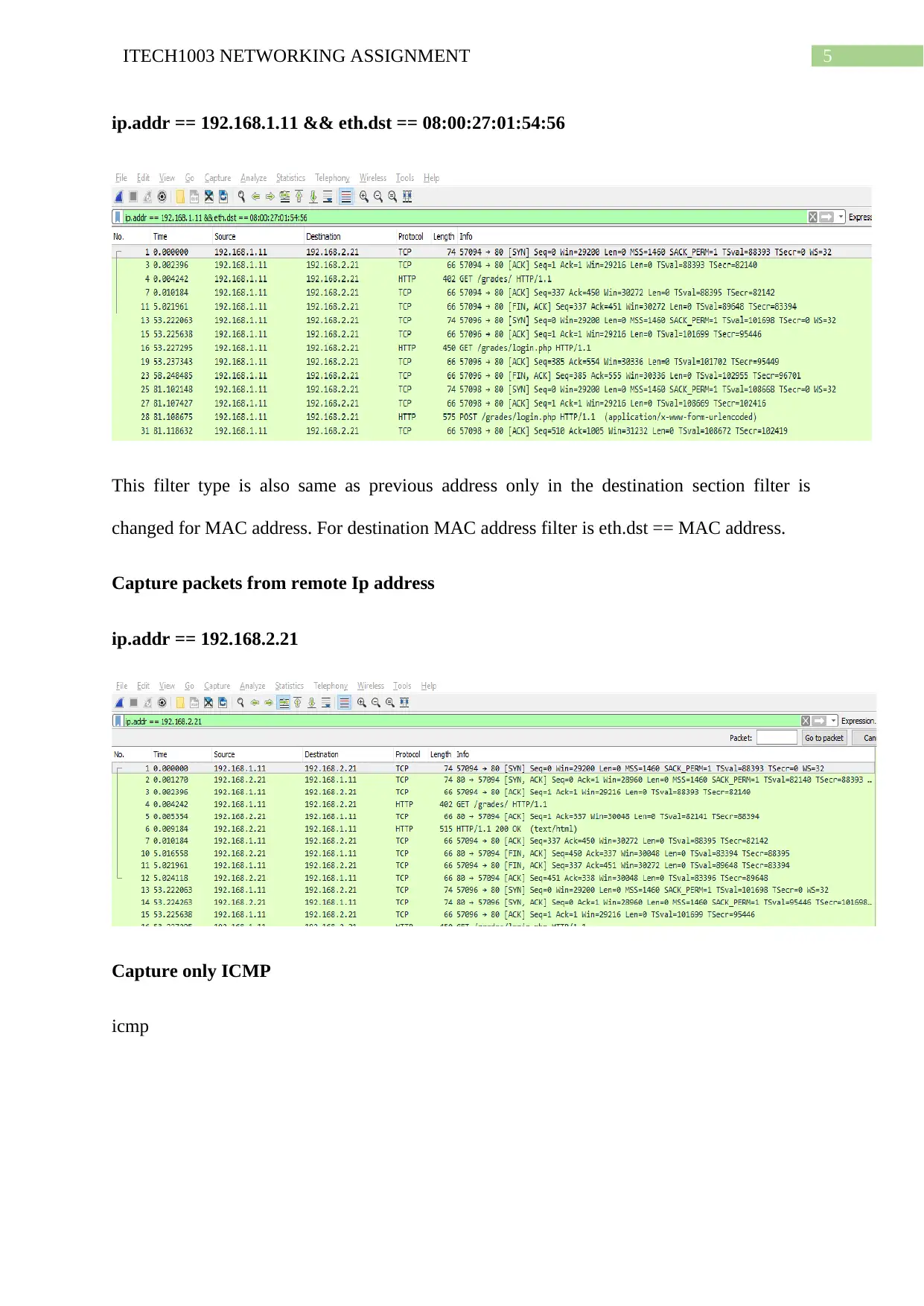
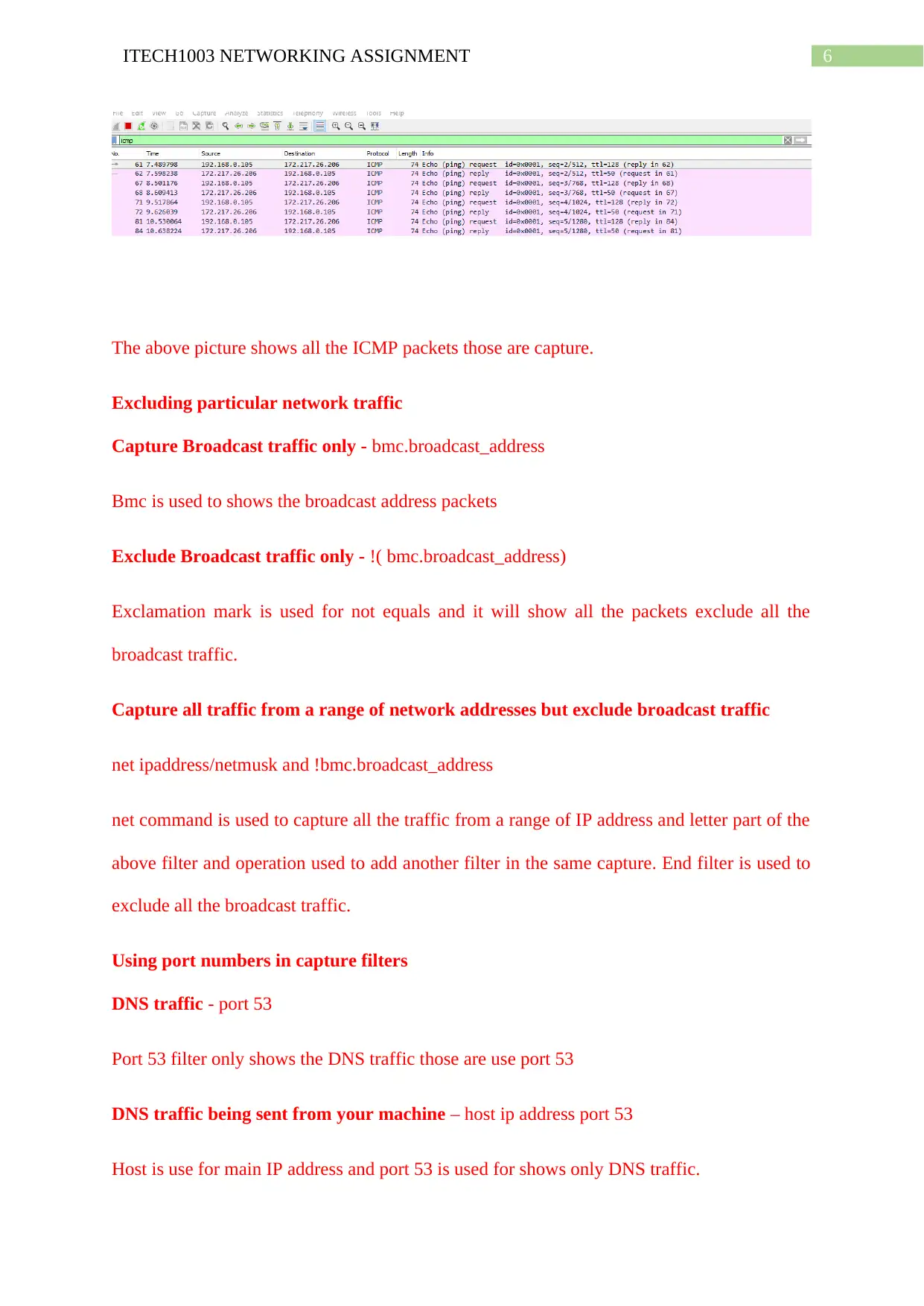
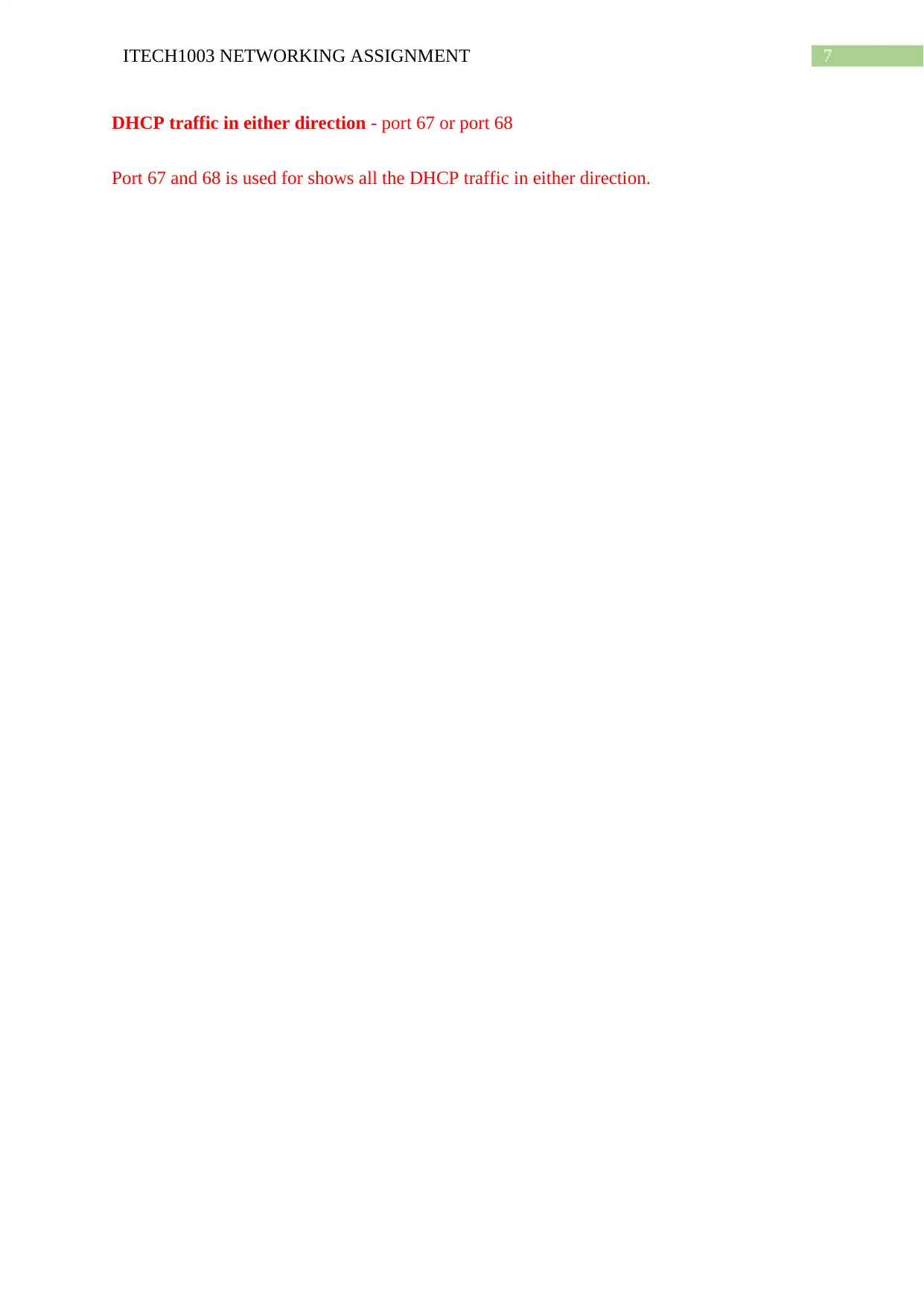




![[object Object]](/_next/static/media/star-bottom.7253800d.svg)